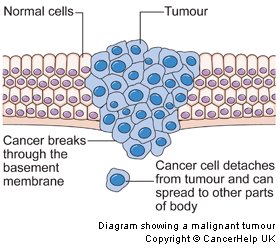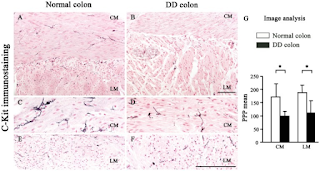What Is HIV?
HIV stands for Human Immunodeficiency Virus. HIV is the virus that causes AIDS.
Your immune system is your body's defense system. While many viruses can be controlled by the immune system, HIV targets and infects the same immune system cells that are supposed to protect us from germs and illnesses. These cells are a type of white blood cell called CD4 cells (sometimes called T-cells).
Without medication to control the virus, in most cases, HIV takes over CD4 cells and turns them into factories that produce thousands of copies of the virus. As the virus makes copies, it damages or kills the CD4 cells, weakening the immune system. This is how HIV causes AIDS.
What Is AIDS?
AIDS stands for Acquired Immune Deficiency Syndrome. AIDS is the most advanced stage of HIV infection.
HIV causes AIDS by attacking CD4 cells, which the immune system uses to protect the body from disease. When the immune system loses too many CD4 cells, you are less able to fight off infection and can develop serious, often deadly, infections. These are called opportunistic infections (OIs).
When someone dies of AIDS, it is usually OIs or other long-term effects of HIV that cause death. AIDS refers to the weakened state of the body’s immune system that can no longer stop OIs.
What Is the Difference Between HIV and AIDS?
The definition of AIDS was established before there was effective treatment for HIV. It indicated that a person was at higher risk for illness or death. It is no longer as relevant because effective treatment means people can stay healthier with low CD4 counts, and someone could have received the AIDS diagnosis years ago even though they are not at higher risk of illness. You do not have AIDS as soon as you are infected with HIV. You can live with HIV (be HIV+) for many years with no signs of disease, or only mild-to-moderate symptoms. People living with HIV and taking HIV drugs as prescribed have a very low risk of progressing to AIDS. But without treatment, HIV will eventually wear down the immune system in most people to the point that they have low numbers of CD4 cells and develop OIs.
The US Centers for Disease Control and Prevention (CDC) identifies someone as having AIDS if she or he is living with HIV and has one or both of these conditions:
- At least one AIDS-defining condition (see our list of AIDS Defining Conditions)
- A CD4 cell count of 200 cells or less (a normal CD4 count is about 500 to 1,500)
People with AIDS can rebuild their immune system with the help of HIV drugs and live a long healthy life. Even if your CD4 cell count goes back above 200 or an OI is successfully treated, you will still have a diagnosis of AIDS. This does not necessarily mean you are sick or will get sick in the future. It is just the way the public health system counts the number of people who have had advanced HIV disease.











































